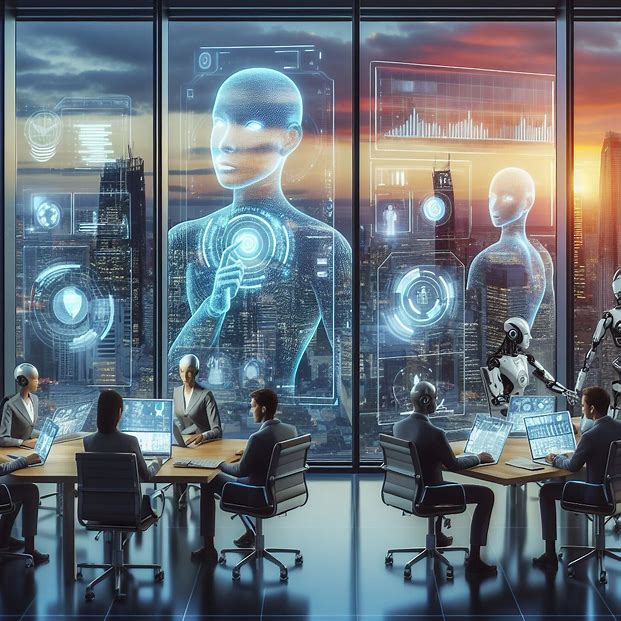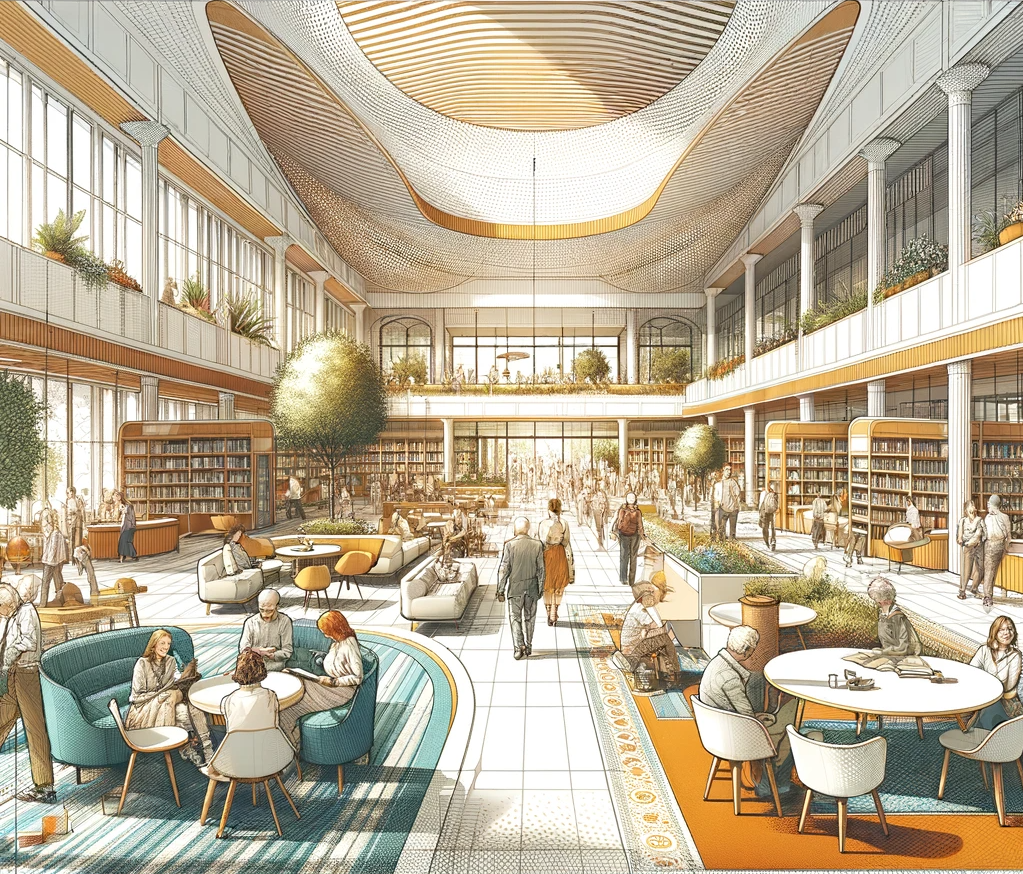How AI is Transforming the Built Environment

Artificial Intelligence (AI) is profoundly transforming the built environment by enhancing efficiency, sustainability, and user experience across various aspects of design, construction, and urban planning. In design, AI-powered tools like generative design software enable architects to create multiple design iterations quickly, optimizing for factors such as spatial requirements, budget, and environmental impact. Building Information Modeling (BIM) integrated with AI helps predict potential design and construction issues, reducing errors and ensuring smoother project execution.

In the construction phase, AI is improving project management and on-site operations through predictive analytics and robotics. AI systems analyze data from past projects to foresee delays and cost overruns, allowing for proactive management. AI-driven robots and drones are taking on repetitive, dangerous tasks, enhancing safety and efficiency on construction sites. Additionally, AI-powered project management tools streamline resource allocation and scheduling, ensuring projects stay on track and within budget.

Urban planning and facility management are also benefiting from AI advancements. AI-driven analytics optimize energy consumption in smart grids and climate control systems, promoting sustainability. Smart city initiatives use AI to manage traffic flow, improve public transportation, and enhance overall urban living conditions. In facility management, AI predicts maintenance needs for building systems, reducing downtime and extending the lifespan of infrastructure. By integrating AI into various facets of the built environment, we are moving towards more intelligent, efficient, and sustainable living and working spaces.



